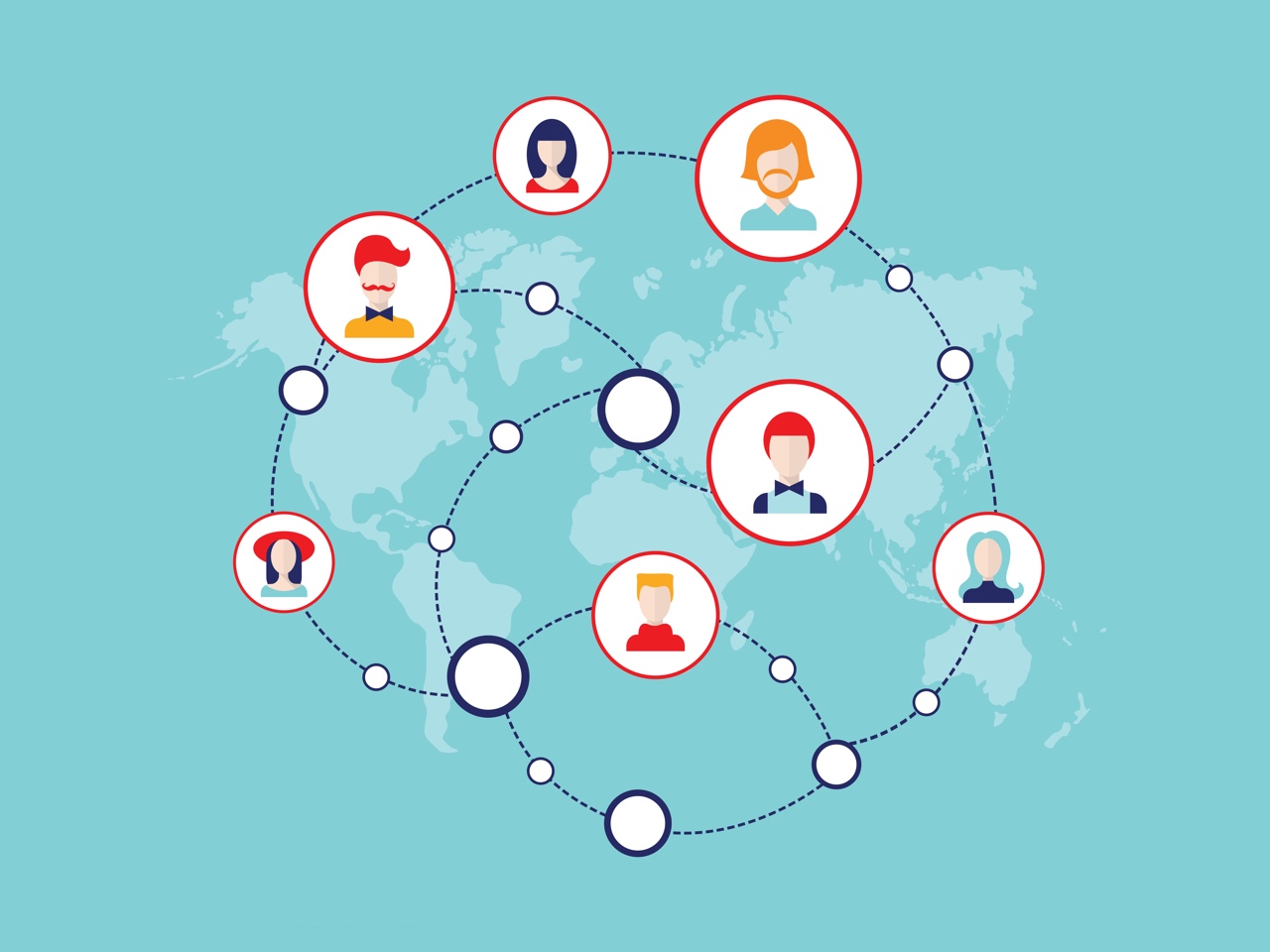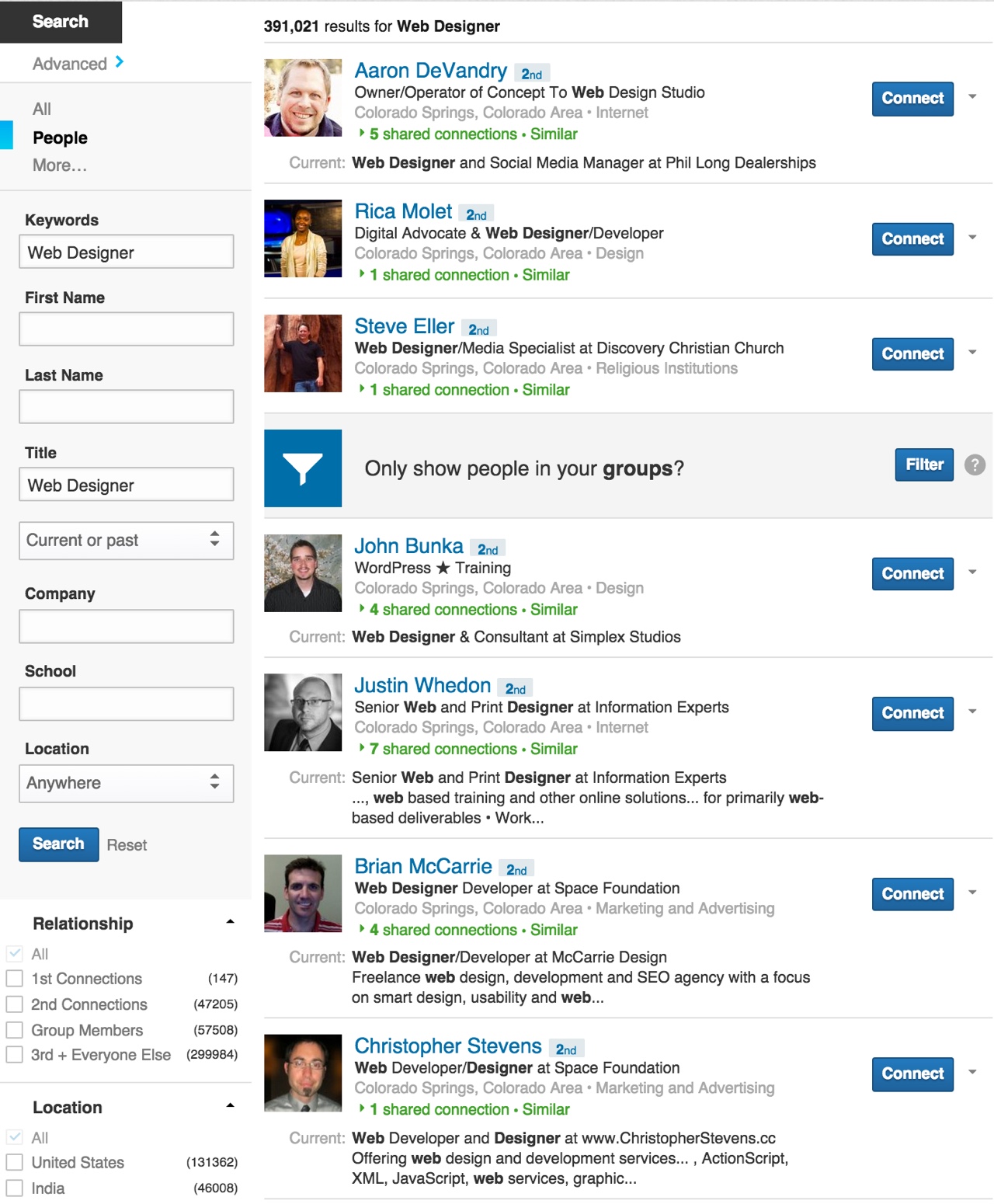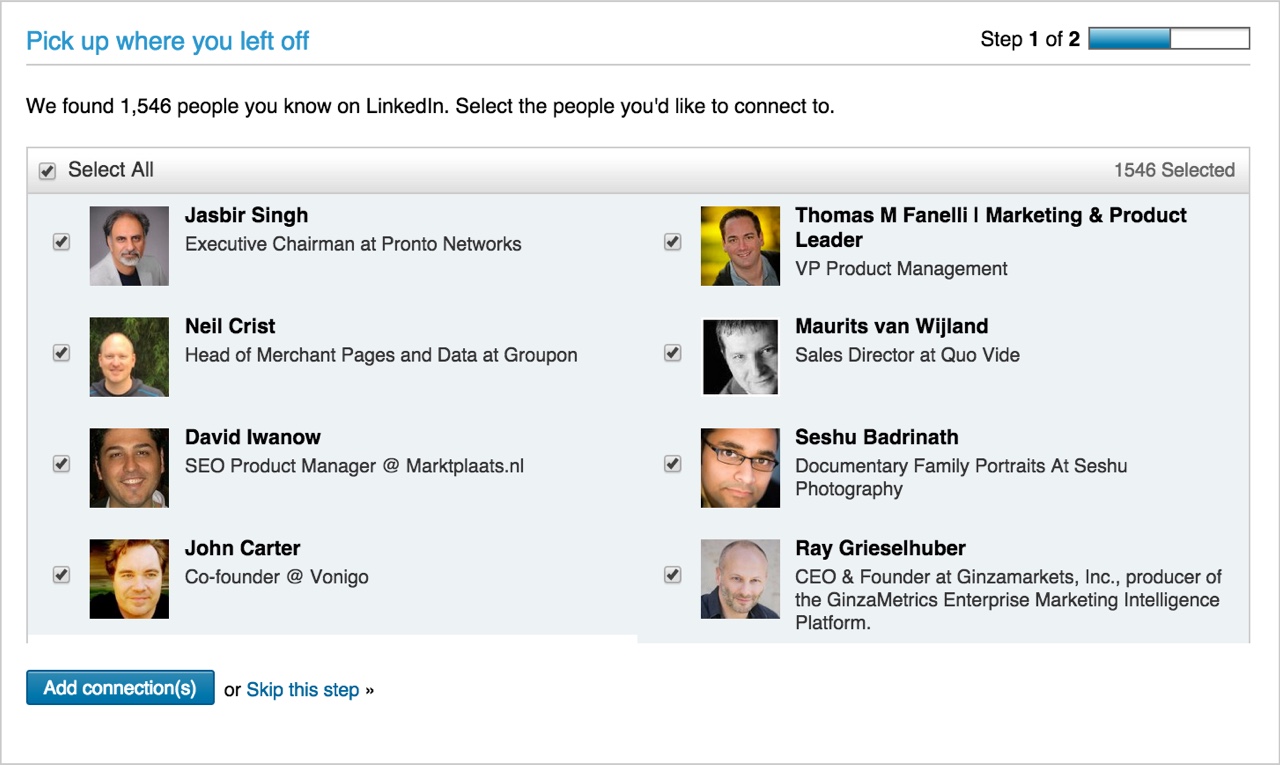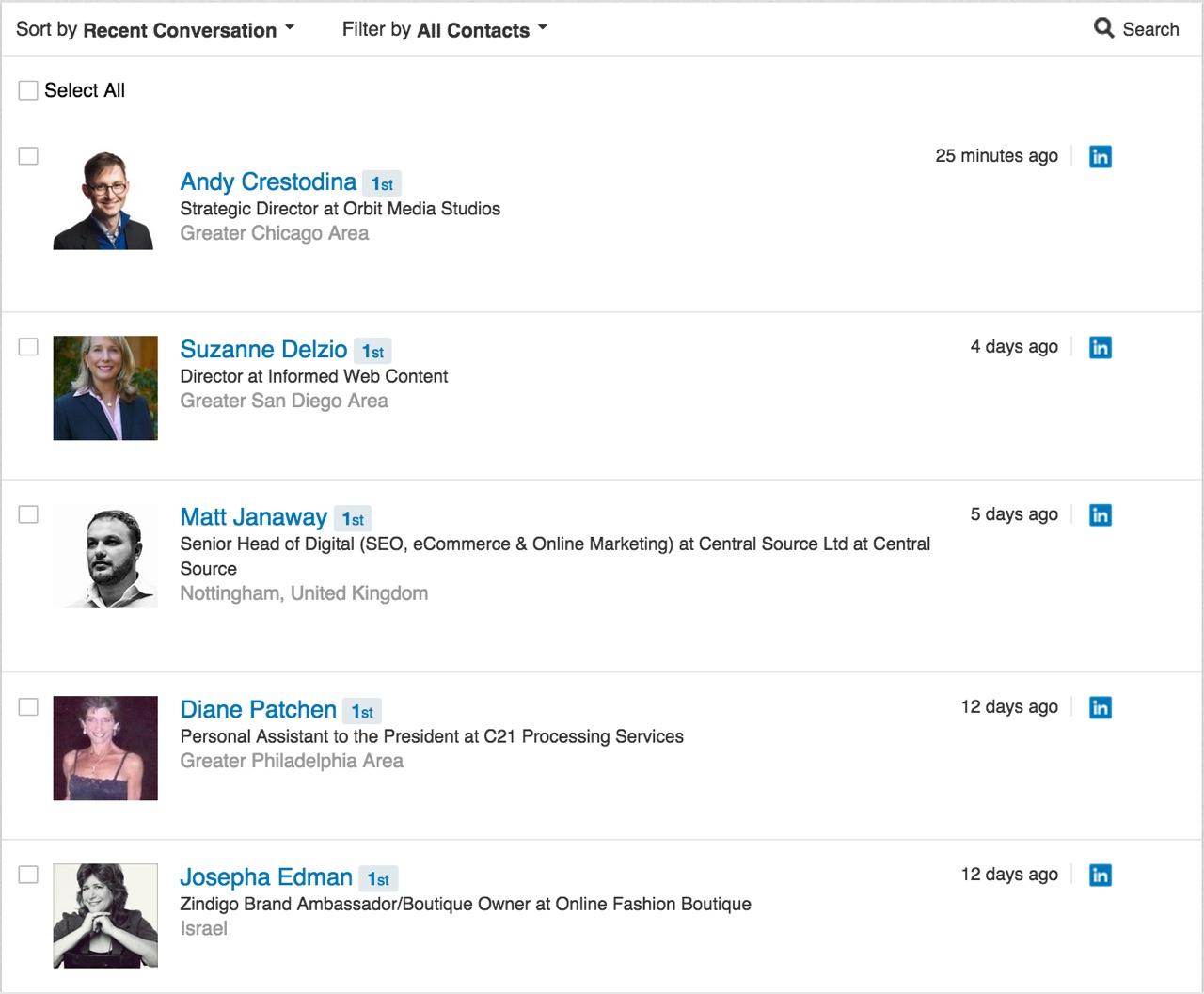How to Create a Valuable LinkedIn Network
Are you building your personal LinkedIn network the right way? If you’re not sure who to connect with on LinkedIn using your personal profile, then this post is for you. In this post, we’re going to look at how LinkedIn connections work and the five types of people you need in your network.
How First, Second, and Third Degree Connections Work
LinkedIn categorizes your network by first, second, and third degree connections. They are defined as follows.
- First Degree – People you have directly connected with on LinkedIn by sending an invitation that was accepted by another LinkedIn member or accepting an invitation from another LinkedIn member. You will see a 1st by their name throughout LinkedIn.
- Second Degree – People who are directly connected to you first degree connections. You will see a 2nd by their name throughout LinkedIn.
- Third Degree – People who are directly connected to your second degree connection. You will see a 3rd by their name throughout LinkedIn.
- Groups – People who are not in your network, but are members of LinkedIn groups that you belong to will have Group by their name throughout LinkedIn.
Anyone who is not a first, second, or third degree connection is out of your network.
A better way to manage your finances
With Hiveage you can send elegant invoices to your customers, accept online payments, and manage your team — all in one place.
Why Connections are Important on LinkedIn
Whenever people use the LinkedIn search box, their results are personalized based on their connections. For example, if someone is searching for a web designer, LinkedIn search results will show web designers in the searcher’s networks and groups first based on relevance. First degree connections are not always first if they are not as relevant as second degree connections.
If you are a web designer, you have a better chance of appearing in the searcher’s results if you are in the searcher’s network. Also, since the searcher can message you directly if you are first degree connection or connect with you if you are a second degree connection, the closer you are in their network, the better.
Connecting Tips
Before you start inviting people to your network, note that LinkedIn has the strictest policies about connections. They want you to only connect to people you know and trust. You can find these people in the following places.
- LinkedIn will suggest people you may know on their suggestions page based on mutual connections.
- You can use the Advanced People Search to find people based on their location, current company, industry, and other criteria.
- You can search for the company pages of places you have worked, click on the See All link under How You’re Connected box in the right sidebar of the company page, and see all of the people from your current / former company to connect with.
- You can search for alumni from your university.
- You can join industry-related groups to engage with people that you want to connect with.
- You can import email addresses from your email contacts and address books.
All of these approaches should help you connect with the most valuable people for your LinkedIn network.
The Five People You Need in Your Network
So how do you ensure that you are in the right people’s networks on LinkedIn? Here are the people you need in your network.
Customers
Connecting with potential customers on LinkedIn is a necessity. You can start by using importing your customer’s email addresses into LinkedIn from your email contact list. This will allow you to see a brief overview of your customer’s headlines, many of which will include the person’s title and company name.
If you notice that your typical customers are CEOs and cofounders of tech companies, then you will want to aim to connect with other CEOs and cofounders of tech companies.
Alternatively, if you are already connected to your customers on LinkedIn, you glance at their headlines and locations in your contacts.
Employers
Looking for a job? Connect with future employers on LinkedIn. Whenever they start recruiting, your profile may come up at the top of their list!
Recommendations
Endorsements and especially recommendations can beef up your LinkedIn profile with credibility in your industry. Connect with people you currently or previously have worked with and ask them for a recommendation. The worse they will say is no, but they just might not.
The best time to connect for recommendations with someone you have worked for or with is right after you’ve done something praise-worthy. If your manager, for example, sends you an email saying how impressed he or she was with your latest project, thank them and ask if they would include that on your LinkedIn profile.
The only reason you may want to avoid a recommendation request from a current colleague is if it will come off as a job hunting effort on your part.
Networkers
You’re probably not going to connect directly with Bill Gates or another major celebrity unless you actually know them. So the next best thing is to connect with their first and second degree connections. That way, you can become part of their network. If an opportunity to connect with them should arise, you will look like someone they should already know.
Alumni
Last , but not least, are alumni from your university. People you have graduated have likely moved on and could be working at a place you would like to work at. Or, they could be a potential customer. You already have a reason to connect – once you do, query them about their current situation to see if there is any way you could fit into the picture.
In Conclusion
As you can see, there are many great reasons to grow a quality LinkedIn network. If you follow these steps and connect with the right people, you will find that LinkedIn becomes a great source for your business and your career.
Join thousands of business-savvy entrepreneurs on our mailing list.
Curated emails that’ll help you manage your finances better.




